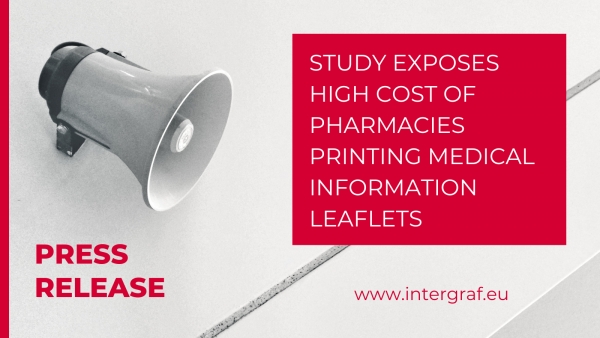24 October 2014

The Changing Shape of UK Manufacturing
The BPIF represented the UK Printing Industry at recent conference coordinated jointly by the Office for National Statistics (ONS) and the Department for Business, Innovation and Skills (BIS). It featured a range of talks from users, producers and suppliers of business statistics, not just from central government and the devolved administrations, but also local government, media, industry representatives and researchers.
The day included engaging discussions about how manufacturing has changed in the UK, highlighting current trends, and how the ONS are measuring these changes.
A paper by the ONS - The Changing Shape of UK Manufacturing - is available to download here.
Abstract
The contribution of the manufacturing industry to the UK economy has changed markedly over the last 60 years. On average, output in the industry has grown by 1.4% a year since 1948, although it has contracted around the economic downturns in the 1970s and early 1990s, and most recentlyand notably during the 2008-9 economic downturn. But output growth has been at a slower rate than that for the whole economy, and as a consequence the proportion of whole economy Gross Value Added (GVA) accounted for by manufacturing has fallen since the early 1950s. The change in manufacturing output over the long term is determined primarily by changes in its principle factors of production: labour and capital. An increase in either of these factors will tend to lead to an increase in output - however higher manufacturing output has been achieved despite a steady fall in the number of jobs and broadly stable capital stock. Therefore over this period labour productivity, as measured by output per labour hour worked, has increased. In other words, the manufacturing industry has become more productive. This article will analyse several potential reasons for the increase in manufacturing productivity over the long term such as: a better qualityworkforce; an improvement in the information technology base; a change in the composition of the UK manufacturing industry; more investment in research and development; capital deepening; and a more integrated global economy. These factors are intended to inform and encourage the debate around changes in manufacturing productivity rather than provide a comprehensive and definitive explanation.
Downloads Intergraf Economic News (Paper Prices) - March 2024
Intergraf Economic News (Paper Prices) - March 2024
18 March 2024
Access the latest edition of the Economic Newsletter for the European Printing Industry for data on paper consumption, and pricing data for pulp, paper and recovered paper. Data for packaging papers and board is also available with this edition.
 STUDY EXPOSES HIGH COST OF PHARMACIES PRINTING MEDICAL INFORMATION LEAFLETS
STUDY EXPOSES HIGH COST OF PHARMACIES PRINTING MEDICAL INFORMATION LEAFLETS
7 March 2024
Intergraf welcomes the release of a study by our partner MLPS (Medical Leaflet = Patient Safety), a subgroup of the European Carton Manufacturers Association (ECMA) shedding light on the potential economic costs associated with the proposed use of Print on Demand (PoD) leaflets in the pharmaceutical legislation revision.

The BPIF is the printing industries champion. By becoming a member you join a diverse and influential community. We help you solve business problems, connect you to new customers and suppliers and make your voice heard in government.
Call 01676 526030









